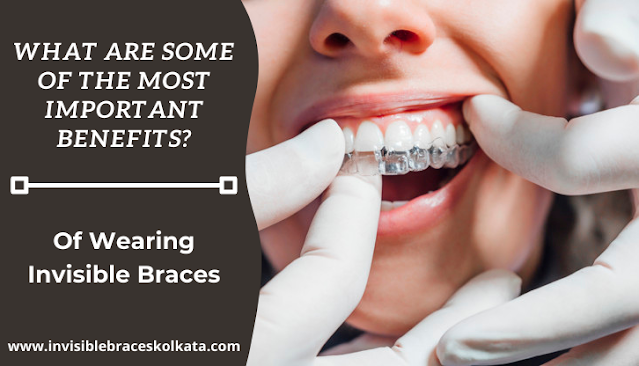Top Dental Implants in Kolkata - Endosteal and Subperiosteal Implants
Dental implants have revolutionized
the field of restorative dentistry, offering a reliable and long-term solution
for missing teeth. Endosteal and subperiosteal implants are two of the top
types of dental implants. These are widely recognized for their effectiveness
and versatility. Understanding the differences and benefits of these two types
of dental implants in Kolkata is
crucial for you to make informed decisions about dental restoration.
Endosteal Dental Implants
Endosteal implants are the most
common type of dental implants. These are typically used as an alternative to
traditional dentures or bridges. These implants involve a surgical procedure
where a titanium post is directly inserted into the jawbone, acting as a sturdy
foundation for the replacement tooth.
This method provides a secure and
durable anchor for the prosthetic tooth, mimicking the natural structure of a
tooth root. Endosteal implants are known for their stability and are suitable
for patients with sufficient bone density to support the implant.
Subperiosteal Dental Implants
Subperiosteal implants differ from
endosteal implants in their placement within the oral cavity. Instead of being
inserted into the jawbone, subperiosteal implants are positioned on top of the
bone, beneath the gum tissue. These implants are custom-fitted to the unique
shape of the patient's jawbone, offering a viable solution for individuals with
insufficient bone density for traditional implants. Subperiosteal implants are
particularly beneficial for patients who may not be ideal candidates for bone
grafting procedures.
Both endosteal and subperiosteal dental implants have proven to be effective solutions for restoring functionality and aesthetics to the smile. While endosteal implants are a standard choice for many patients out there, subperiosteal implants provide a valuable alternative for those with specific bone structure concerns. Consult with a qualified dental professional. It is essential to determine the most suitable implant option based on individual oral health needs.




Comments
Post a Comment